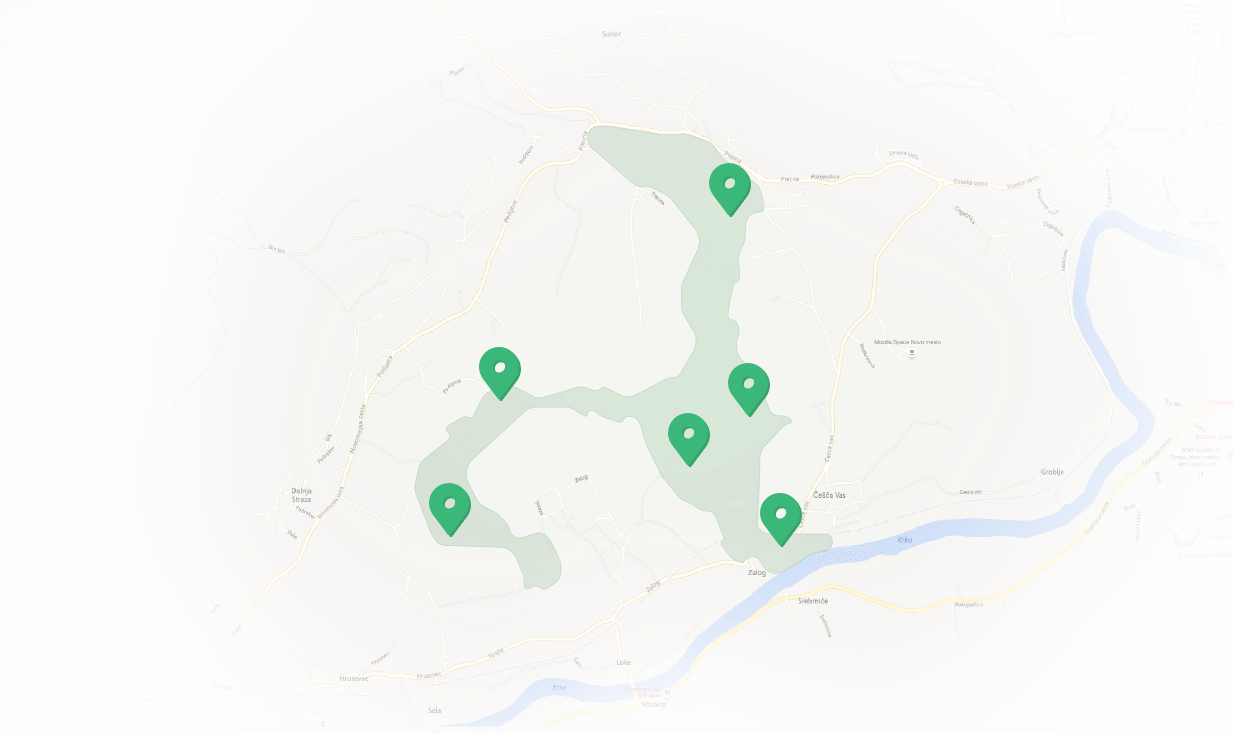Lisasta čmrljevka Bombylius discolor

Features
Its size is from 10 to 14 mm. It appears from April to June.
| Species | Insect |
| Living space | Bright forest, Treeline |
| Size | 10-14 mm |
Description
It is similar to the large bee-fly, but is slightly larger and dark-spotted over the entire surface of the wings. It occurs on sunny forest edges and is not uncommon even in light forests. It also occasionally occurs in gardens. It often lives with a large bee-fly. The fertilized females lay their eggs in the sand, where the larvae hatch. These then turn into suitable solitary bumblebees or bee nests while hovering. The larvae in the tunnels find their hosts and develop as parasites on their surface. Adults feed on flower nectar.Lisasta čmrljevka
on the habitat Temenica

Features Temenica (3)
SPECIAL ogr.




